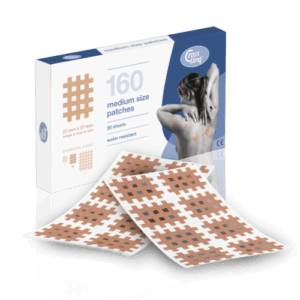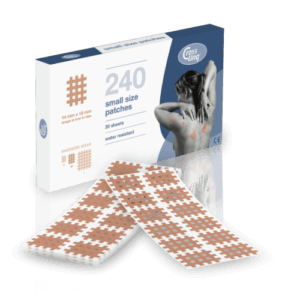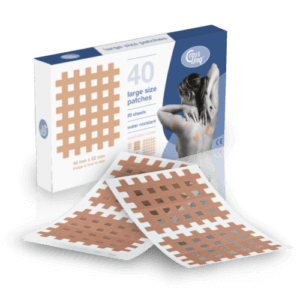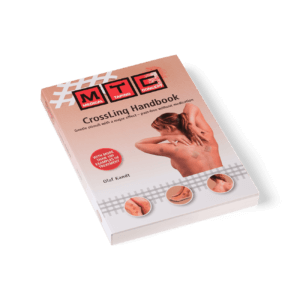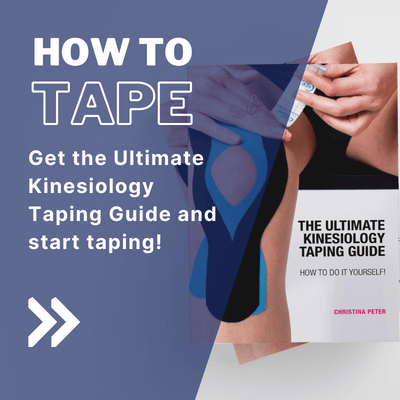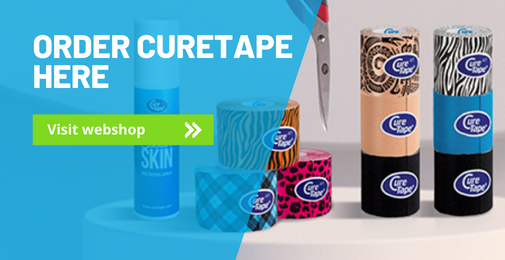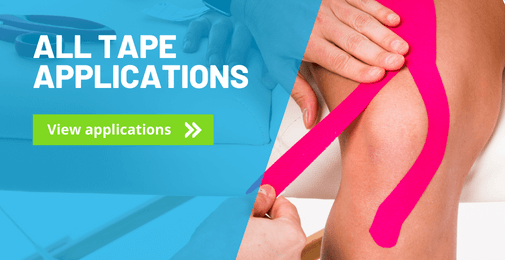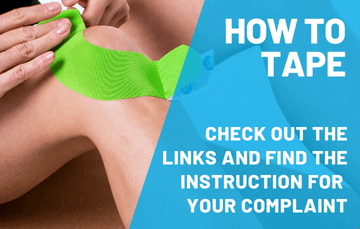CrossLinq acupressure grid patches are wonderful patches with a great effect! Are you curious how they work and what complaints they can be used for? We will explain how the patches work and show various applications for recognisable complaints for everyone.
A special type of tapes are the CrossLinq patches, small skin-coloured grid-shaped plasters. In Asia, they have been used for a long time to treat acupuncture points and energy pathways, but they are also frequently used on pain points, for scar treatment and on lymph nodes. CrossLing patches are rectangular, non-elastic and made in grid form, available in 3 sizes. The 2.5 cm x 2 cm size is the most commonly used size (M). The grid consists of four strips lengthwise and three strips crosswise. This tape is hypoallergenic and water-resistant, and is used only once. As the material of the CrossLinq is not stretchable, the skin of the taped body point cannot be moved. The treated area is relieved by the fixation.
How to apply CrossLinq?
Tips for a good application:
- Carefully remove the release paper from the back of the CrossLinq and pick up the corner of the CrossLinq with a stick or pair of tweezers.
- Pull the tape slowly over the affected and painful area. Wait until the tape makes a tightening movement towards the area to be treated.
- Sometimes the tape does not stick to the place you had in mind and it is repelled. In this case, you should not force the tape at this place.
This description may sound strange, but it is assumed that the tapes themselves seek the disturbed contact point through an opposing electrostatic charge. Just try it.
Treat pain and acupuncture points easily with CrossLinq
Acupuncture is a part of Eastern medicine. According to this philosophy, every human being receives a certain amount of energy at birth. This life energy flows through certain channels of our body, the so-called meridians, which connect the individual organs and parts of the body. On the meridians, there are several acupuncture points, through which the energy flow in the meridians can be influenced. With acupuncture, these points are activated with needles. With the CrossLinq technique, these points are influenced by the small patches. The goal is the same: a disturbed energy flow is harmonised, blockages are removed, energy should flow better. CrossLinq patches are also applied on pain points, these are points that are very sensitive to pressure.

Christina’s advice for CrossLinq applications
On this page, I show examples of what is possible with CrossLinq patches. Using the CrossLinq patches, you can easily treat all types of pain points, such as points that radiate, or sensitive points that you feel yourself and that are sensitive to pressure. Since the small tapes are skin-coloured, they are hardly noticeable and can also be applied to the face without any problems. Get moving and see the effect!
Applying CrossLinq acupressure patches
Applying CrossLinq patches is very simple: the patch is applied directly to the desired point. We recommend to apply the patch at an angle of 45 degrees to the longitudinal direction of the muscles. It is important that you use a non-conductive material for applying the patches. Avoid touching the adhesive layer with your fingers as much as possible. Preferably use a wooden stick or plastic tweezers!
CrossLinq acupressure patches applications
Pain in the jaw joint
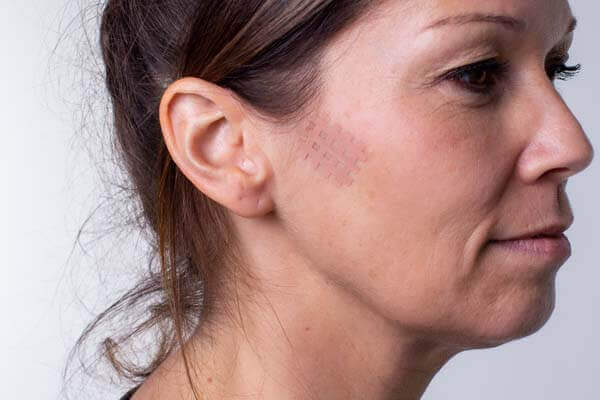
Apply the CrossLinq patch to the sore spot next to the ear.
Neck pain
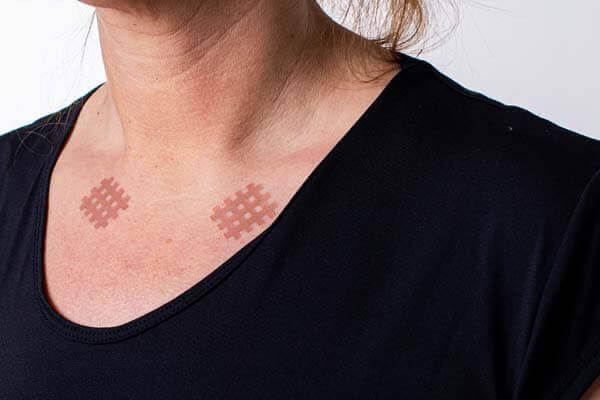
Place two CrossLinq patches, on the left and right, above the collarbone.
Nausea and vomiting
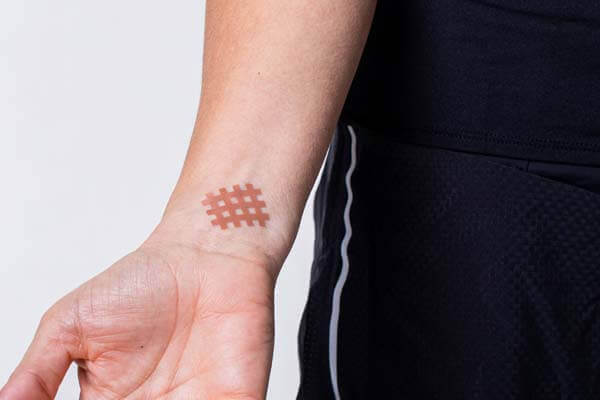
Place a CrossLinq patch diagonally towards the inside of the forarm, measuring about two finger widths above the pulse.
Colds, inflamed mucous membranes, or sinuses
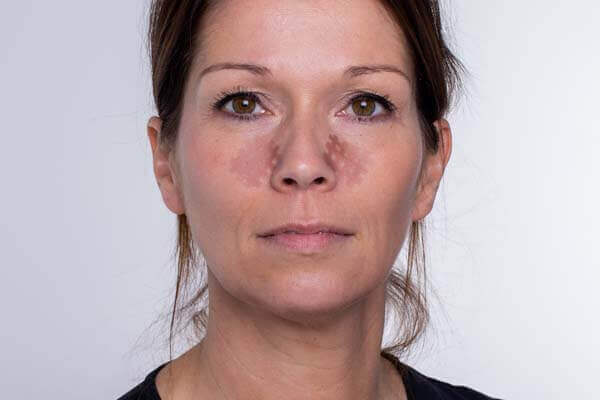
Place the CrossLinq patches, left and right, next to the nose.
Nerve problems in the back of the forearm or the palms of the hands
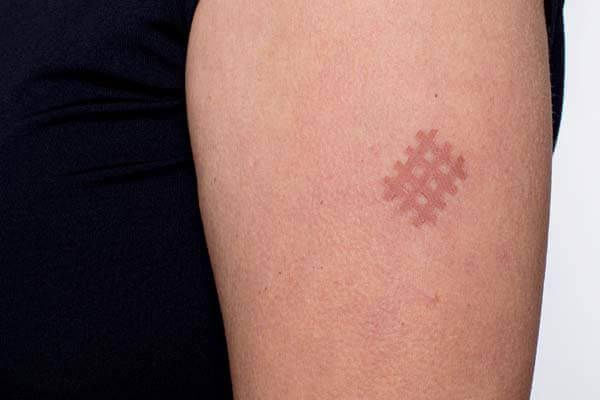
Apply a CrossLinq patch diagonally one hand width below the shoulder.
Nerve problems on the inside, numbness or tingling in the little finger
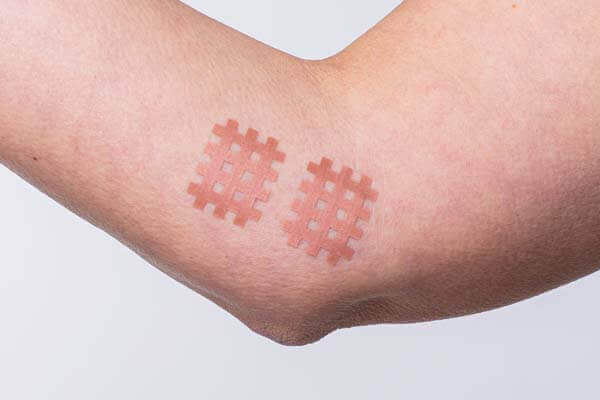
Apply two CrossLinq patches. Place the first patch in the length of the skin fold created by bending the arm. Place the second patch a finger’s distance away.
Headache
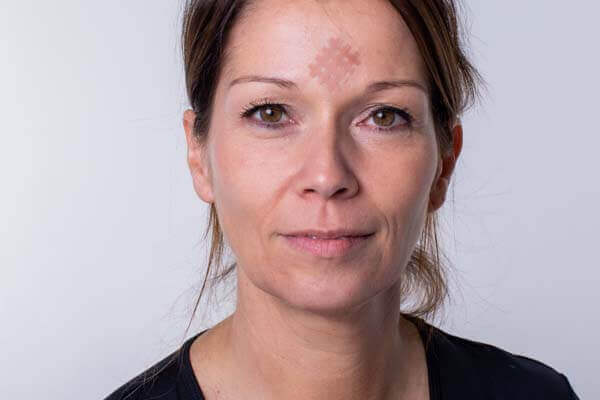
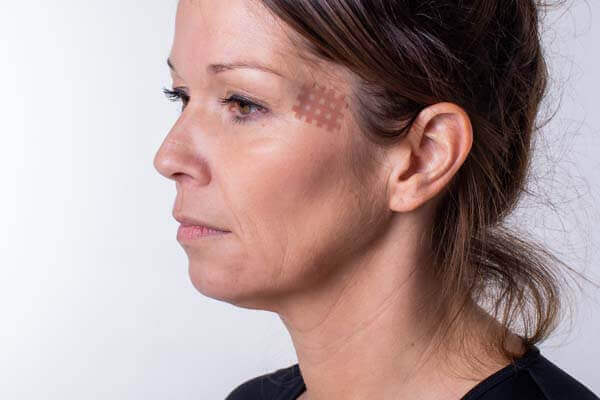
A headache point is located between the eyebrows, a second point on the temple. In case of a headache, try on which point the CrossLinq will attach itself.
Menstrual complaints
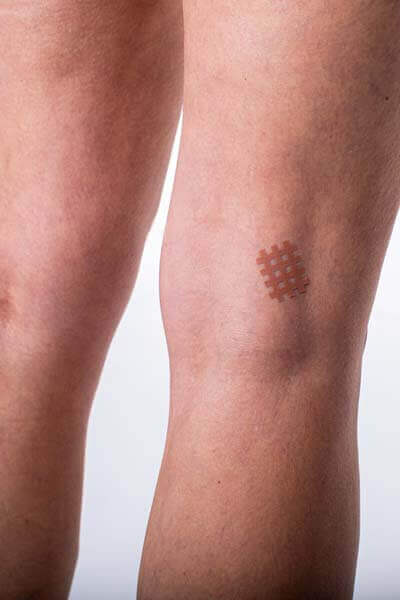
Place the CrossLinq patch on the back of the knee, slightly towards the outside of the leg. Place patches on both legs.
General point for headaches, dizziness and neck pain
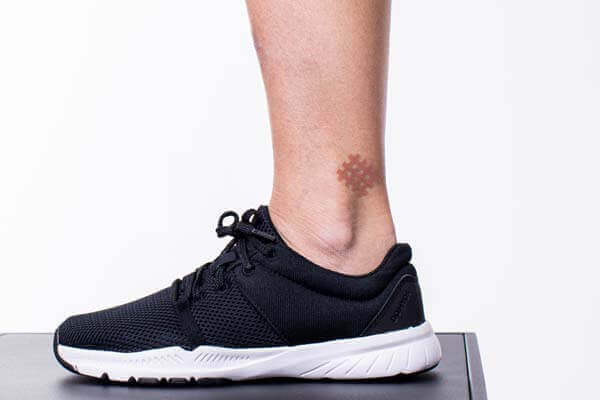
This point is located next to the outer ankle joint, between the tubercle and the Achilles tendon. You can apply the CrossLinq patch to one or both feet. Do not tape during pregnancy!
Popular CrossLinq products
Learn how to tape
- 30 taping instructions for common injuries that taping can help you with
- 176 pages of clear written instructions
- 200 step-by-step instructions accompanied by photo’s, illustrations and scannable video’s through QR codes
What are you waiting for? Order your copy today!
*This book is intended for people who want to tape an injury or complaint themselves. If uncertain about the complaint, consult a physiotherapist.
THYSOL is the manufacturer of the kinesiology tape brand CureTape. As CureTape, we have been training and supplying professionals for almost 25 years. And consumers now know how to find us too! By manufacturing all our tapes in our own factory, we can guarantee the best quality!
Please note that the indicated tape applications and information on our website about the possibilities with kinesiology tape have not yet been scientifically proven. The statements and examples mentioned are based on long-term experiences of patients and trained therapists.
Contraindications not to tape: pregnancy, open wounds, broken bones, unexplained complaints, allergies and skin diseases, use of medication such as blood thinners, thrombosis and fever. Always apply tape in consultation with a specialist.

